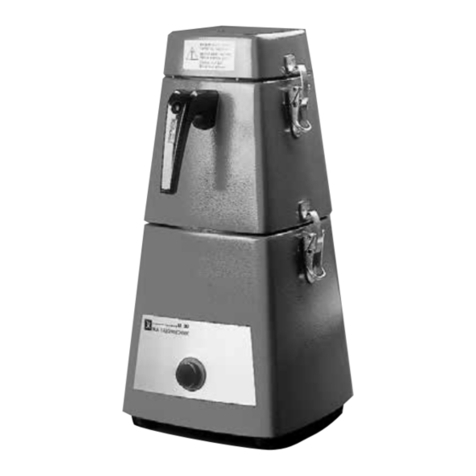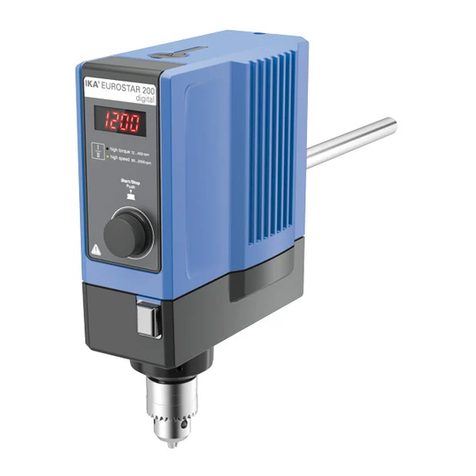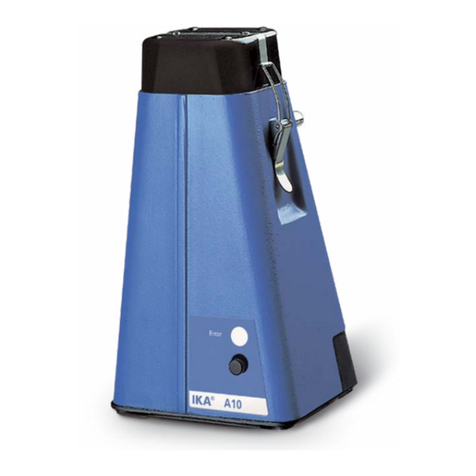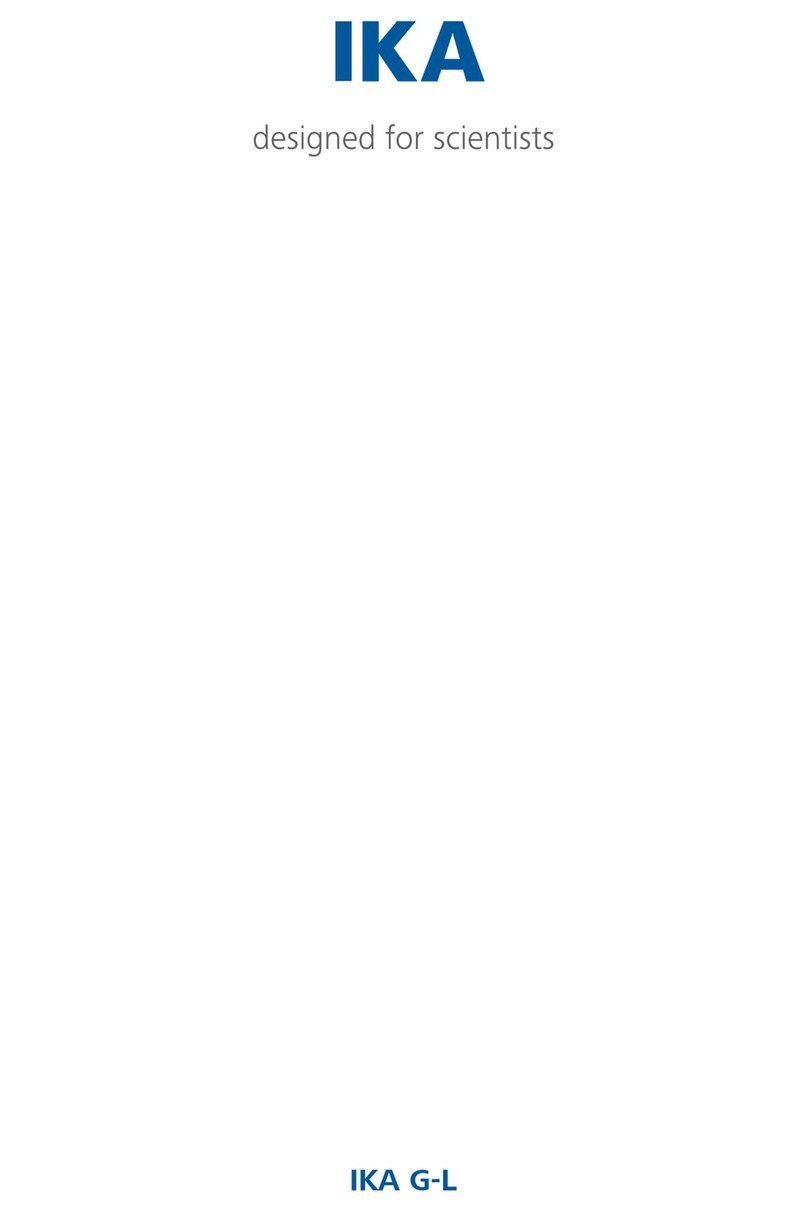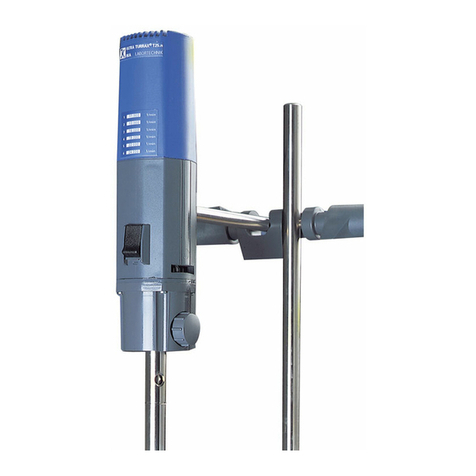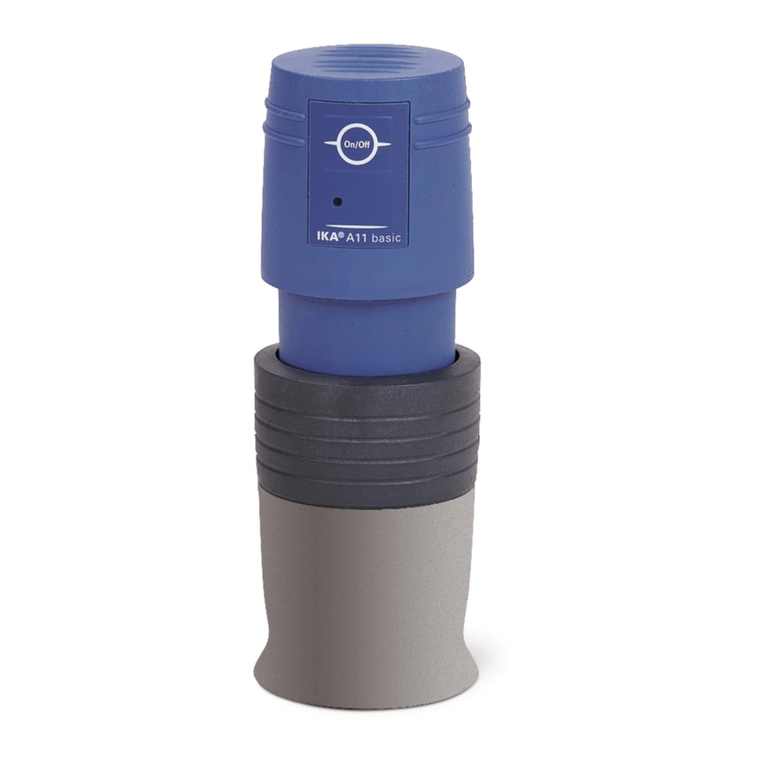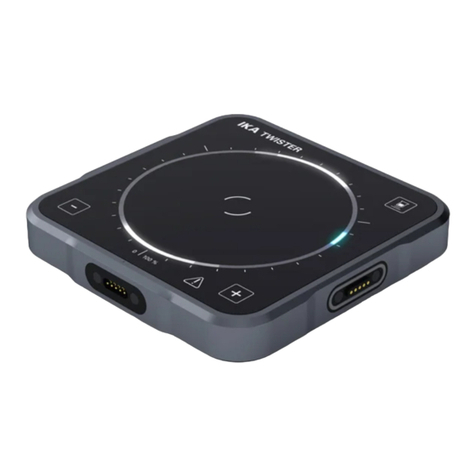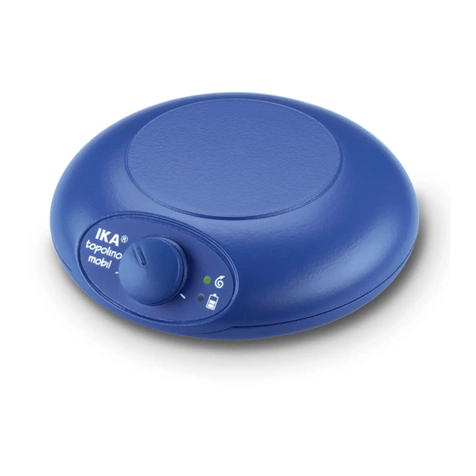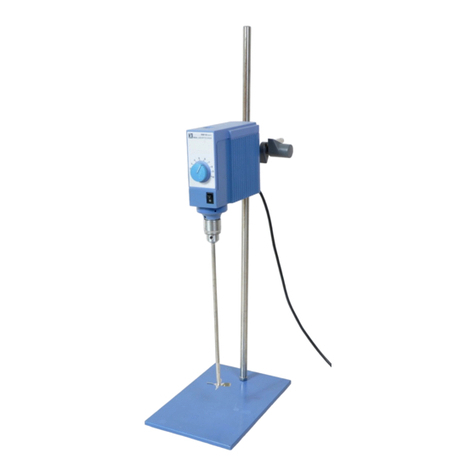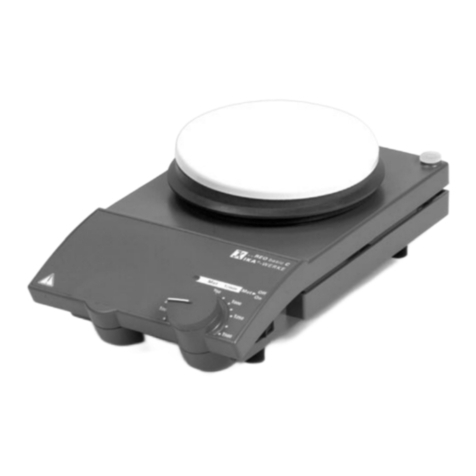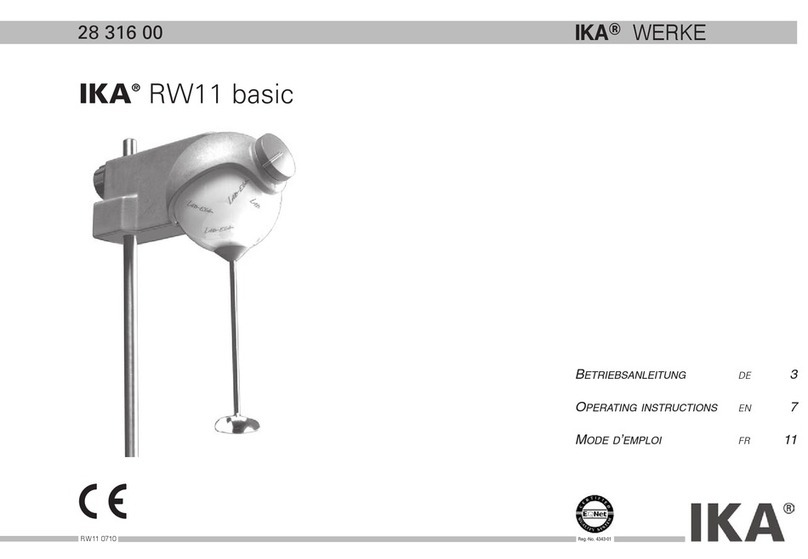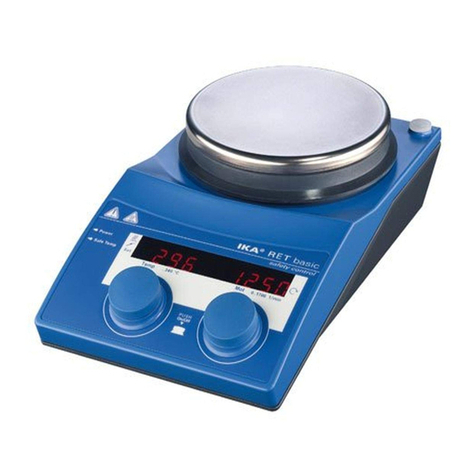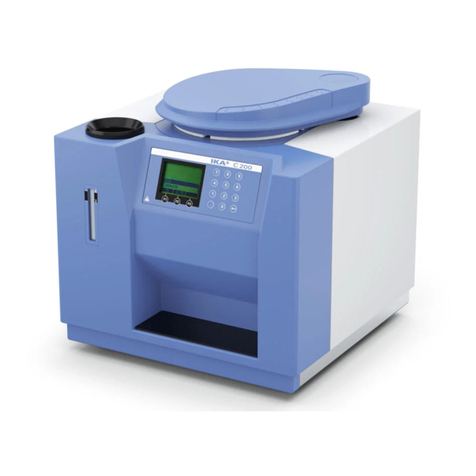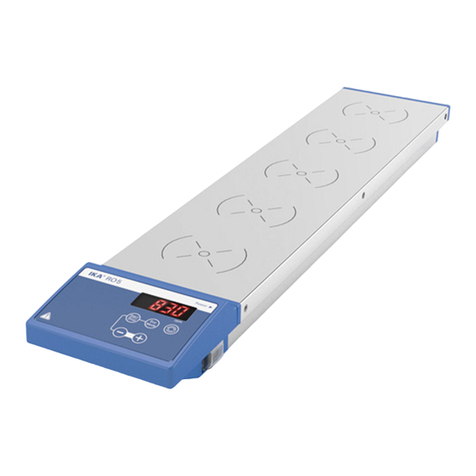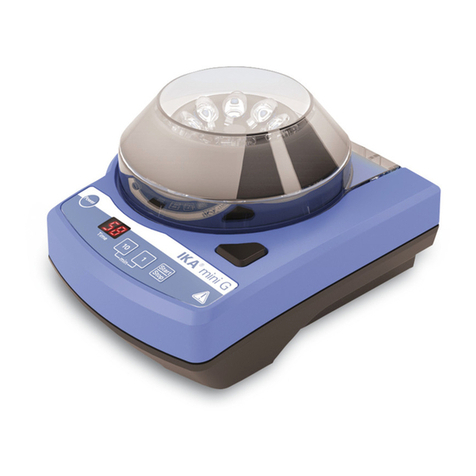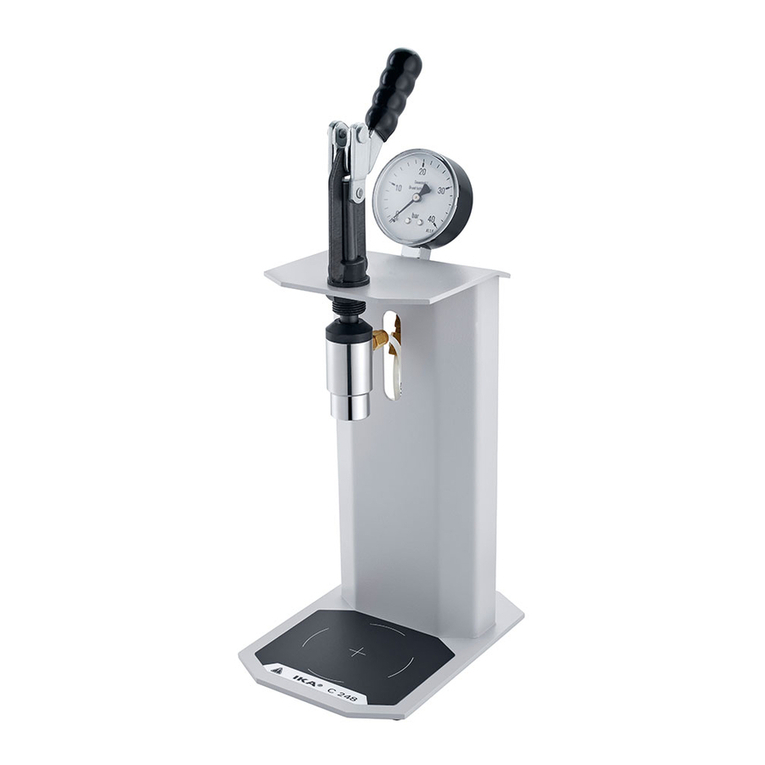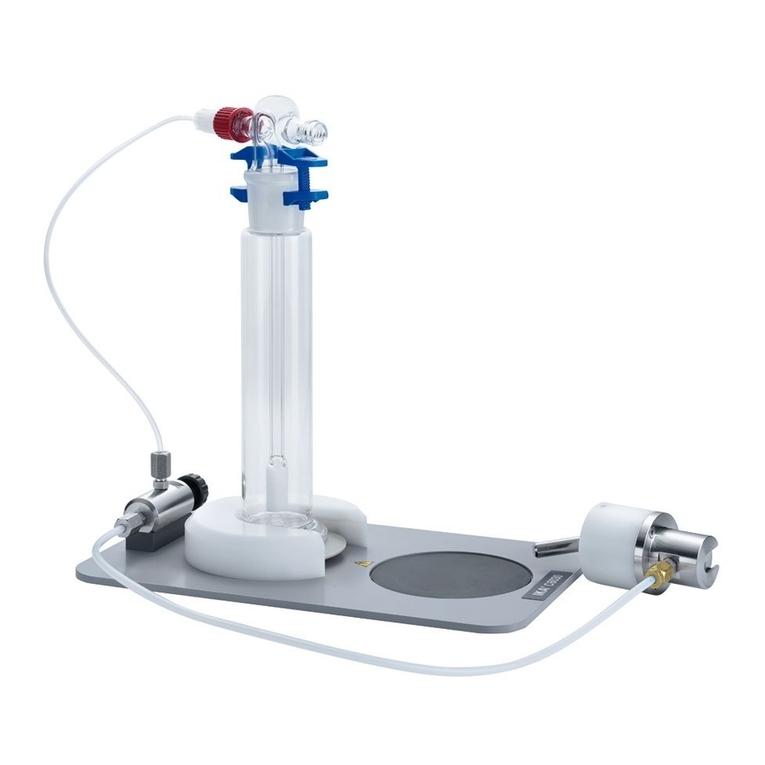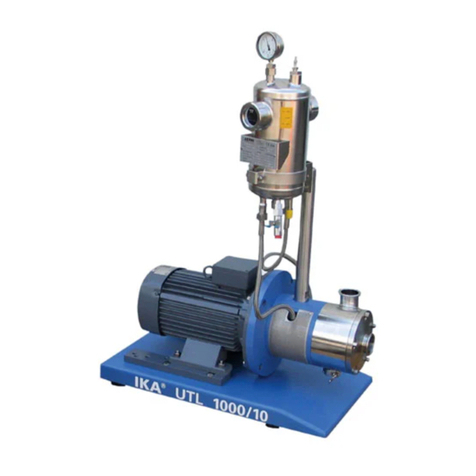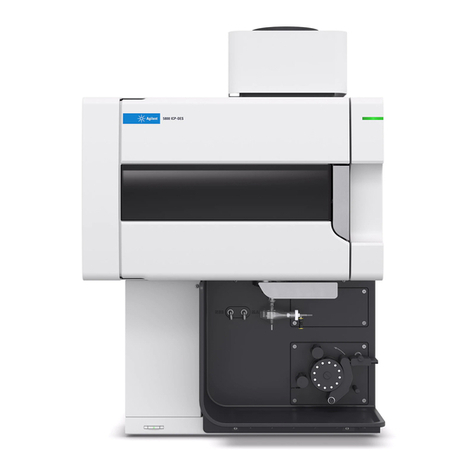
5
General information:
• Read the operating instructions completely before
starting up and follow the safety instructions.
• Keep the operating instructions in a place where it can be
accessed by everyone.
• Ensure that only trained staff work with the device.
• Follow the safety instructions, guidelines, occupational
health, safety and accident prevention regulations.
• Set up the device in a spacious area on an even, stable,
clean, non-slip, dry and fireproof surface.
• Do not operate the device in explosive atmospheres,
with hazardous substances.
• Protect the device and accessories from bumping and
impacting.
• Check the device and accessories for damage before
each use. Do not use damaged components.
• Safe operation is only guaranteed with the accessories
described in the ”Accessories” section.
• The socket for the mains cord must be easily accessible.
• Socket must be earthed (protective ground contact).
• The voltage stated on the type plate must correspond to
the mains voltage.
• The device can only be disconnected from the mains sup-
ply by pulling out the mains plug or the connector plug.
• Disconnect the mains plug before attaching or changing
any accessories.
• Disconnect the mains plug before cleaning, maintenance
and transportation of the unit.
•
The device must only be opened by trained specialists,
even during repair. The device must be unplugged from
the power supply before opening. Live parts inside the
device may still be live for some time after unplugging
from the power supply.
Coverings or parts that can be
removed from the device with-
out the aid of any tools must
be put back on the device again to ensure safe opera-
tion, for example to keep foreign objects and liquids,
etc. from getting into the device.
• The device may only be used as prescribed and as de-
scribed in the operating instructions. This includes op-
eration by instructed specialist personnel.
• When using critical or hazardous materials in your pro-
cesses, IKA®recommends to use additional appropriate
measures to ensure safety in the experiment. For exam-
ple, users can implement measures that inhibit fire or
explosions or comprehensive monitoring equipment.
• Process pathogenic material only in closed vessels under
a suitable fume hood. Please contact IKA®application
support if you have any question.
If the OFF switch is not within
reach when device is operating,
an EMERGENCY STOP switch
that can be easily accessed must
be installed in the work area.
• A laboratory circulator heats and circulates fluid accord-
ing to specified parameters. This involves hazards due to
high temperatures, fire and general hazards due to the
device of electrical energy. The user is largely protect-
ed by the device of relevant standards. Further hazard
sources may arise due to the type of tempering fluid,
e.g. by exceeding or undercutting certain temperature
thresholds or by the breakage of the container and re-
action with the heat carrier fluid. It is not possible to
consider all eventualities. They remain largely subject to
the judgment and responsibility of the operator. For this
reason, it may become necessary for user to take other
precautionary safety measures.
• Insucient ventilation may result in the formation of explo-
sive mixtures. Only use the device in well ventilated areas.
The safety circuit (safe tem-
perature) must be adjusted so
that the maximum permissible
temperature cannot be exceeded even in the event of a
fault. Check the safe temperature circuit on a regular ba-
sis (see section “Setting the safety temperature“) .
• Securely fix the ICC immersion circulator for use at the
bath, so that it cannot tip over.
• When device is used for external circulation, extra pre-
caution must be taken for hot fluid leakage due to dam-
aged hose.
• Use suitable hoses for connection.
• Secure hoses and tubes against slippage and avoid kinks.
• Check hoses, tubes and bath at regular intervals for pos-
sible material fatigue (cracks/leaks).
• Mains cable should not get in contact with hot parts
and fluids.
• If you are using plastic bath, observe the permitted
working temperature range and fluids.
Do not start up the device if:
- It is damaged or leaking
-
Cable (not only supply cable) is damaged.
• Be careful when filling a hot bath.
At high operating tempera-
tures, the temperature of hous-
ing parts, surfaces and tubes
can exceed 70 ° C.
Safety instructions
NOTICE
WARNING
WARNING
DANGER
WARNING
